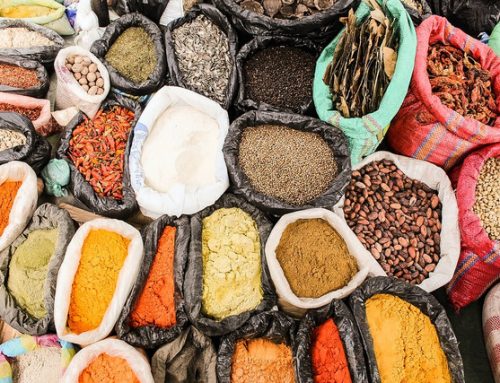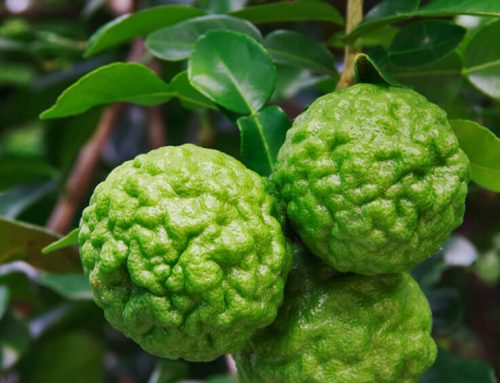Knowing the history of a type of cuisine is like learning the history of a people. Centuries ago, people living in the Southern areas of mainland China began emigrating further down the continent to what is now known as Thailand. With influences coming from countries to the West that involved traditions in Indian and Muslim cooking, these travelers began to develop a unique flavor of food that we know and love.
Thai Food Regional Influences and Differences
Not surprisingly, the food you’d eat in Southern Thailand will vary from the plates you’d order in other parts of the country. The most well-known flavors most Westerns associate with Thai food come from the Southern tradition, where many tourists come to visit. Relying on coconut milk and herbs rather than spices that bring the heat, this form of Thai food is often milder than other regions of the country.
Heat-seekers can thank the North-eastern tradition for the spice associated with some Thai dishes. Many Thai seafood dishes that Westerners enjoy originate from the North-eastern area, where meat was harder to come by than freshwater fish and shrimp. Sticky rice is the preferred style in this region of Thailand, and that preference is shared with Northern Thailand cuisine as well.
In Northern Thai cooking, things are a bit spicier than the Southern region but still less than the North-east. A lot of popular dishes from northern Thailand utilize sticky rice and meat curries for main dishes. Popular flavors we associate with Thai food in the West like ginger and turmeric are also mainstays in this region.
Finally, the Central region forgoes the use of sticky rice for bolder Jasmine rice. As the home of royal stylings of Thai cooking, the artistic elements of preparing an elaborate Thai meal come from this region. Some of the most unique dishes and flavors of the entire country derived from Central Thailand’s love for bold and brash cooking.
Preparing Thai Food – Traditions and Cookware
In the early years of settlers arriving in Thailand, baking or grilling food was the most common way of cooking. As mentioned, however, influences from the West and North led to stir-frying and deep-frying food stylings becoming more commonplace. Popular Thai dishes pad thai are the result of this interweaving of cooking methods.
A wildly influential ingredient for Thai food, chili peppers, did not arrive in the country until the 17th century. While some began utilizing these South American ingredients, the majority of Thai cuisine relied on spices. Over the years, more herbs found their way into recipes than spices.
What Makes Thai Food Unique?
Thai food is one of the most easily distinguishable cuisines in the world. Thanks to a mix of coconut oil and milk and shredded meats atop noodles or vegetables, Thai food is now a staple around the world. With a resourceful use of ingredients and emphasis on interesting flavors, Thai never goes out of style and continues to grow in prominence.






Leave A Comment
You must be logged in to post a comment.